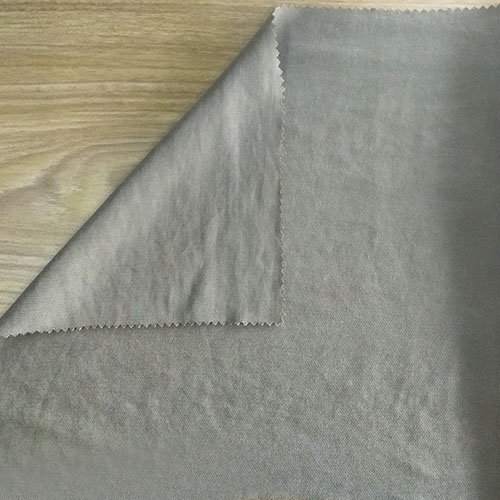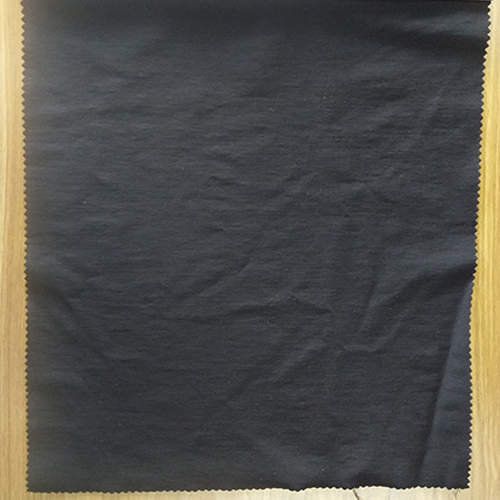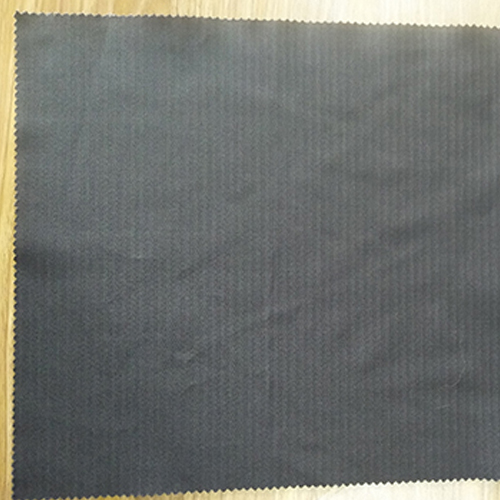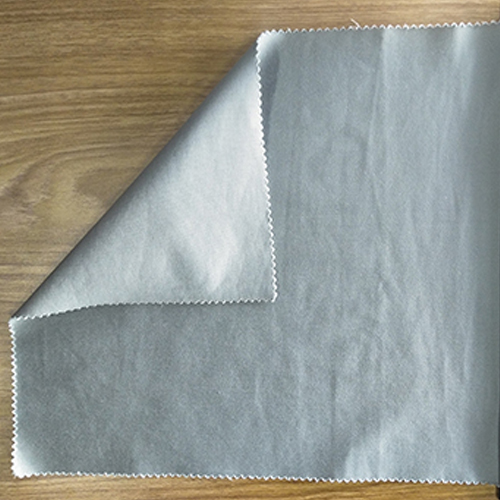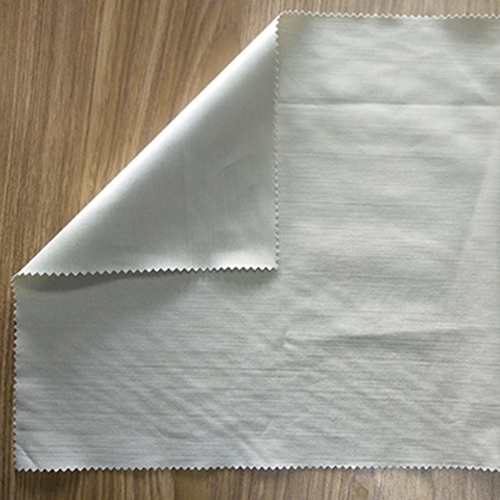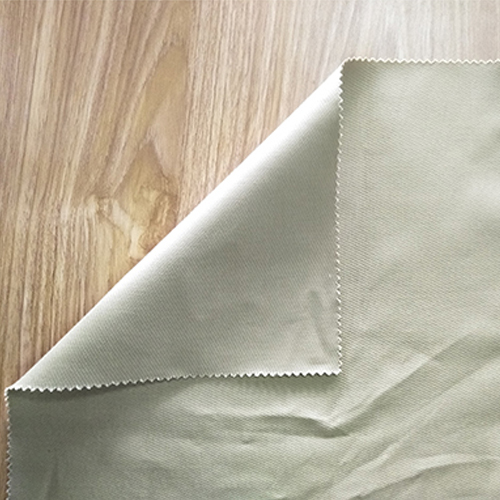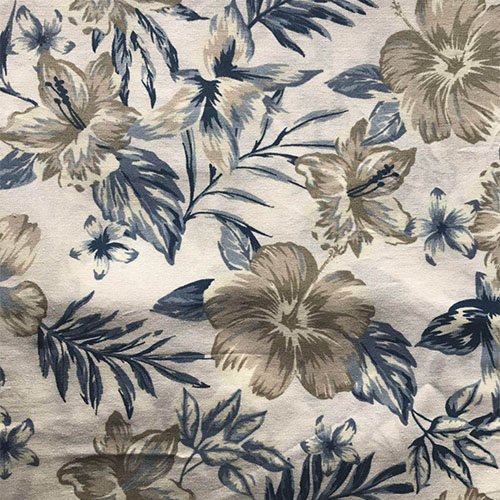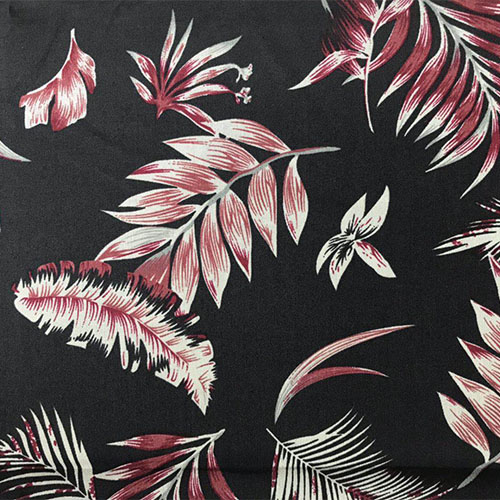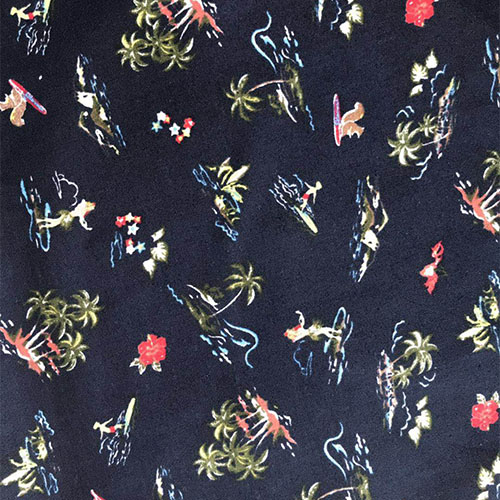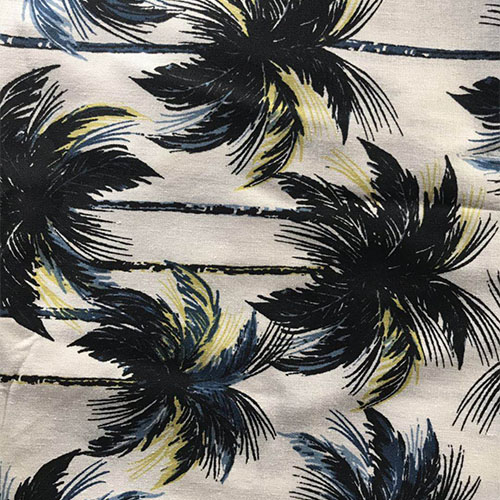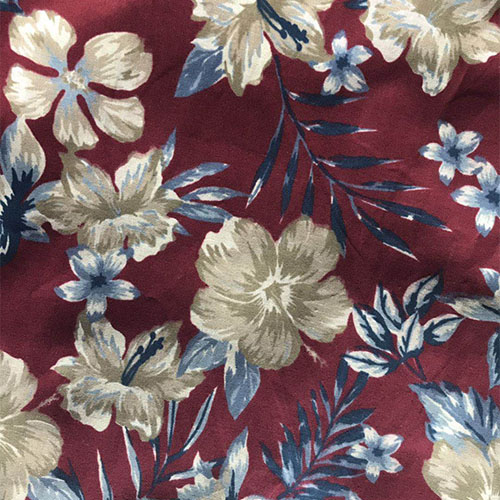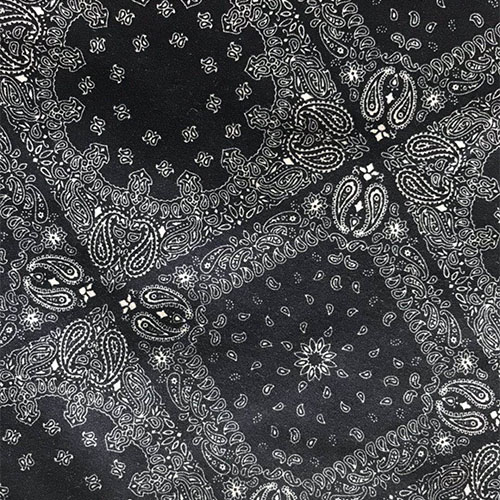News Recommendations
Let's take a look at some prominent features of functional dyed fabrics together
Let's take a look at some prominent features o···
Teach you how to choose the right denim fabric
Functional denim fabric manufacturers introduce th···
What are the types and uses of functional dyed fabrics?
Antistatic home textile fabricIn the field of hous···
The style and functional trend of functional denim fabrics
The topization of functional denim fabrics has bee···
Contact Us
Changzhou Sidengnuo Textile Co., Ltd
Name:Shi Xiao Hua 15861198998
Tel:0519-88377289
Fax:0519-88379289
Eimail:shuchang1980@126.com
Web:www.czsdn.com
Add:108 Jingchuan Road, Zhonglou District, Changzhou City
Antistatic home textile fabric
In the field of household functional yarn dyed fabrics, synthetic fibers make up for the shortage of natural fiber and are widely used, but their hygroscopicity is poor, and they are easy to accumulate static electricity. The woven textiles are easy to absorb dust, stain, and have poor permeability. In serious cases, they can also cause electric shock and even fire. Therefore, people hope that textiles can have anti-static properties, that is, the fabric itself can eliminate static electricity. There are currently two methods of anti-static treatment: one is to perform anti-static finishing on fabrics, in which an anti-static finishing agent is used to introduce a hydrophilic film on the surface of the fibers, which can improve the moisture absorption of the fabric, reduce the friction coefficient and surface specific resistance; The second is to first make the fibers into conductive fibers, and then weave the conductive fibers into fabrics. Anti static fabrics have been widely used in home textile products such as bedding and curtains.
Antibacterial home textile fabric
Textile fabrics with antibacterial properties play an important role in preventing the invasion of bacteria. Daily necessities made from antibacterial functional textile fabrics have gradually attracted people's attention, and with the development of technology, they have been widely and deeply radiated into the details of life. If textiles and household items made of anti mite and antibacterial fibers are used, they can not only inhibit and repel mites, effectively prevent the occurrence of skin diseases related to dust mites, but also resist bacteria and inhibit bacterial reproduction, thereby achieving the goal of improving people's living environment. Antibacterial functional yarn-dyed fabrics can be obtained by post-treatment such as coating or resin treatment on the fabric, which is commonly used in natural pure textiles. Antibacterial agents can also be added to the fiber stock for co blending spinning, or ordinary fibers can be grafted with antibacterial agents to produce antibacterial fibers, which can then be woven to obtain antibacterial household textiles. At present, the widely used antibacterial products include bedding, wadding, bed sheets, towels, towel covers, cotton blankets, carpets, bathrobes, dishcloths, sandbags, wall coverings, mops, tablecloths, napkins, shower curtains, etc.
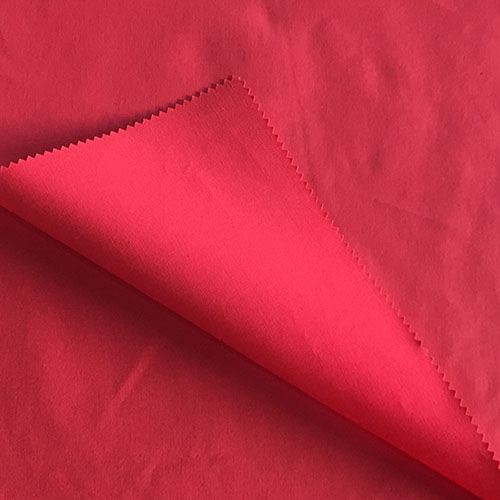
UV resistant home textile fabric
Ultraviolet radiation can harm the human body. If people are exposed to ultraviolet radiation for a long time, it can cause dermatitis, pigment deposition, accelerate skin aging, and even lead to cancer. If textiles can be made into UV resistant textiles, the harm to the human body will be greatly reduced. There are two treatment methods for UV radiation resistance: one is post-processing method; The second is to directly produce UV resistant fibers, which are then woven into fabrics. The so-called anti ultraviolet fiber refers to the process of melting and spinning ultraviolet shielding agents into anti ultraviolet fibers, with a matrix of synthetic or artificial fibers. The fabric of this type of fiber has a shielding rate of over 95% against ultraviolet radiation, making it suitable for making household anti ultraviolet textiles such as curtains.
Flower pattern
The currently widely popular fabric patterns are processed through processes such as jacquard, printing, embroidery, planting, rolling, cutting, rotting, baking, spray painting, applique, and grinding. For example, printed fabrics are a special product that combines technology and art. In some cases, the product value of printed fabrics largely depends on the pattern design and printing effect. Novel and unique pattern design can give the fabric vitality. The same fabric, printed with different patterns, reflects different wearing effects. There are many new changes in the printing process, such as the use of coatings, gold and silver threads, pad dyeing, etc., combined with jacquard to create rich visual effects. The design style of fabrics has made breakthroughs in the style and techniques of pattern, pattern, and color design, striving for new features of fashion and popularity, while also emphasizing the clever combination of various styles to reflect diverse styles. The organizational structure of linen fabric varies greatly, with composite structures producing stripes and squares. The use of stripes in combination with the organization brings a rich appearance. The combination of patterns and color weaving techniques enriches the colors and patterns of linen fabrics. In silk jacquard fabrics, different raw materials, threads, or textures enhance the contrast of the fabric surface, presenting a relief effect. The beautiful and dynamic jacquard patterns give the fabric a dynamic and luxurious feeling. The rich and colorful pleating style is also an important manifestation of silk fabrics, using medium to high twist silk yarn that has been merged and twisted multiple times as weft yarn, which causes wrinkling on the surface of the fabric through twisting and shrinking. The silk stripe effect is still popular, with a combination of plain, twill, and variable weave creating a diverse vertical stripe effect on the surface of the fabric, creating a unique style.
Functionality and high-tech
With the strengthening of people's awareness of environmental protection, the requirements for textiles have gradually expanded from softness, comfort, moisture absorption, breathability, wind and rain resistance to functional and environmental aspects such as mold and moth resistance, odor resistance, UV resistance, radiation resistance, flame retardancy, anti-static, and health protection. The development and application of various new surface materials and the development of new processes and technologies have gradually enabled these requirements to be realized. Functional household textiles refer to household textiles with special functions, such as safety, comfort, and hygiene. At present, functional household textiles in China are mainly concentrated in terms of health benefits, such as antibacterial, deodorant, anti mite products, and healthy sleep and bedroom products.
- Previous:The style and functional trend of functional denim fabrics
- Next:No more!
You may also be interested in this
Related Reading



 WeChat
WeChat
